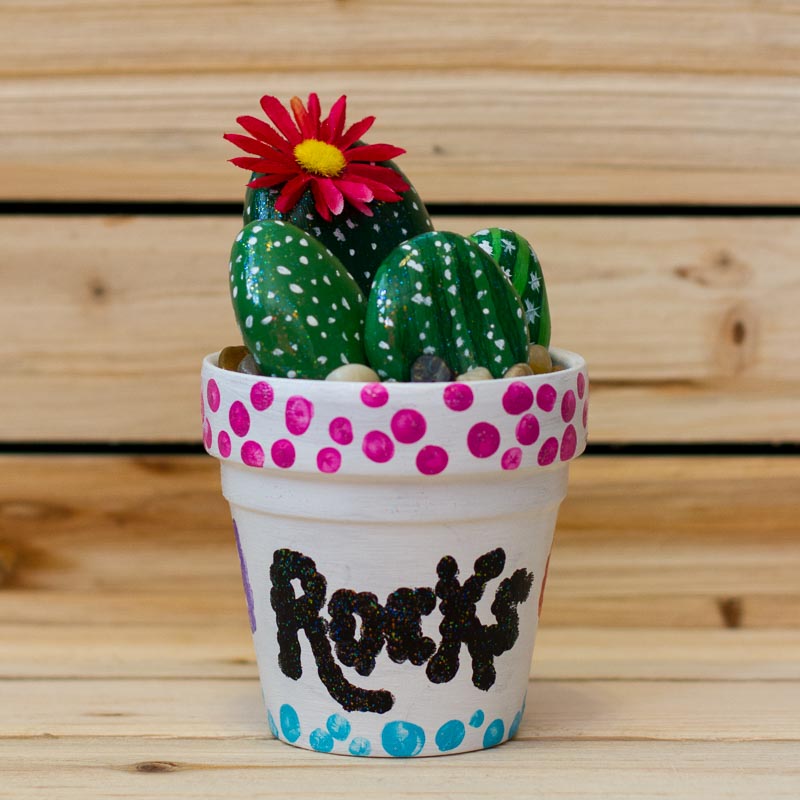Create a Stunning Rock Garden with Cactus
Creating a rock garden adorned with cacti is not only an aesthetic endeavor but a sustainable landscaping choice. These resilient plants thrive in arid conditions, making them ideal for regions with limited rainfall or variable climates. Moreover, a rock garden allows for creative expression while providing a habitat for various wildlife. This article will explore the essentials of designing a captivating rock garden featuring cacti, addressing key buyer concerns, and offering practical guidelines.
Understanding the Importance of Landscape Design
Landscaping with cacti requires more than just placing rocks and plants together. Thoughtful design enhances biodiversity and environmental stability. A well-structured rock garden incorporates principles such as unity, balance, and scale.
Incorporating these elements ensures that your garden looks harmonious while maximizing the visual impact of each cactus species. Color, texture, and shapes play pivotal roles in this process. Consider building layers within your garden: taller cacti can be set against a backdrop of shorter plants, creating depth and interest. This layered approach not only appeals to the eye but also mimics natural desert formations, facilitating a more organic ambiance.
Consideration of Buyer Concerns: Cactus Care and Maintenance
One of the foremost concerns for potential buyers when considering cacti for their rock gardens is maintaining these unique plants. Many assume that cacti, known for their hardiness, require minimal care. While it is true that cacti are drought-resistant, understanding their specific needs will contribute to a thriving garden.
Watering is typically the most significant concern. Cacti are adapted to arid ecosystems, thus overwatering is a common mistake. The golden rule is to allow the soil to dry out completely before the next watering session. During the growing season, from spring to summer, a deep watering once every two to three weeks is usually sufficient.
Soil composition is equally crucial. Cacti prefer well-draining soils, typically a mix of sand, perlite, and potting soil. This composition prevents root rot, a prevalent issue caused by saturated soils. Additionally, ensuring your rock garden is sloped can facilitate drainage, guiding excess water away from the root zone.
Sunlight exposure must also be considered. Most cacti thrive in bright, direct sunlight for at least six hours a day; however, certain species can tolerate partial shade. Reviewing the specific light requirements for your chosen varieties is essential before positioning them in the garden.
Choosing the Right Cacti for Your Rock Garden
Selection of the right cactus species can significantly augment the visual impact of your rock garden. A diverse palette not only enhances aesthetics but also accommodates various growing conditions. Here are notable varieties to consider:
– **Echinocactus Grusonii (Golden Barrel Cactus):** Renowned for its barrel shape and vibrant golden spines, this species adds a striking element to any rock garden. It flourishes in full sun and has a slow growth rate, making it easy to manage.
– **Mammillaria (Pincushion Cactus):** This group encompasses numerous flowers and forms, providing an array of colors and shapes. With their small stature, they can fit into tighter spaces between rocks, creating a rich tapestry of interest.
– **Opuntia (Prickly Pear):** Featuring flat pads and bright flowers, prickly pears are spectacular additions. They are drought-resistant and adaptable, making them ideal for beginners.
– **Aloe Vera:** While not a true cactus, this succulent complements a cactus garden beautifully. Its tall spikes of tubular flowers provide height and a contrasting shape to the more spherical cacti.
When selecting cacti, aim for a mixture of sizes, shapes, and colors. Including flowering varieties ensures visual changes throughout the seasons, contributing dynamic interest year-round.
Setting Up Your Rock Garden: A Step-by-Step Guide
Building a rock garden is straightforward yet requires methodical planning. Here’s a concise blueprint:
1. **Choose a Location:** While assessing sunlight, drainage, and proximity to the water source, select an area that receives ample sunlight.
2. **Clear the Area:** Remove any sod or grass to ensure weeds do not compete with your cacti.
3. **Design the Layout:** Using a mix of natural stones, arrange them in visually appealing yet functional patterns. Consider placing larger rocks as focal points and smaller stones to fill gaps.
4. **Prepare the Soil:** Combine well-draining soil mixtures, ensuring a suitable pH level for the selected cactus species.
5. **Planting:** Dig holes that accommodate the root systems of your cacti without crowding. Position them in accordance with your planned design, considering height and texture. Water lightly to allow the soil to settle.
6. **Mulching and Maintenance:** Apply gravel or small stones around the bases of your cacti to retain moisture and deter weeds. Regularly check for pests and disease, while ensuring your cacti receive adequate sunlight and occasional care.
Conclusion: The Timeless Appeal of Rock Gardens
Creating a stunning rock garden with cacti not only enhances your landscape but reflects a narrative—a miniature desert biosphere filled with color and life. With careful planning, selection, and maintenance, these gardens can provide enduring beauty and low-maintenance joy. Embrace the mesmerizing world of cacti and transform your outdoor space into a flourishing habitat.





Leave a Comment